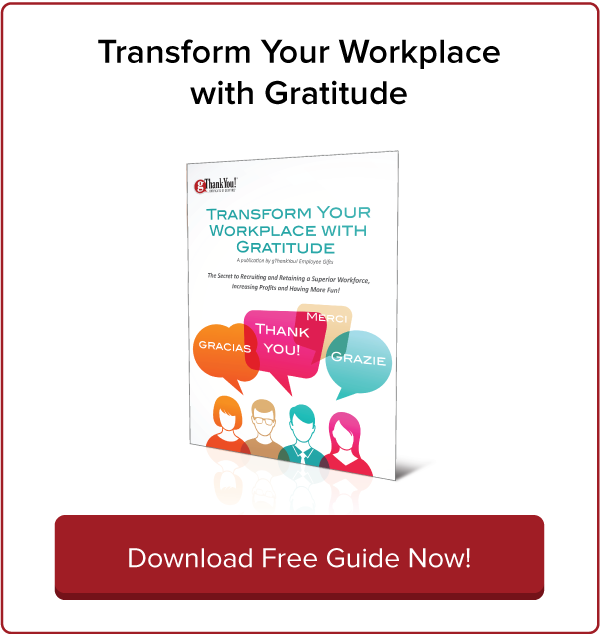
Inequality Breeds Unhappiness
In America (and also in other countries), an impressive postwar rise in material well-being has had zero effect on personal well-being. The divergence between economic growth and subjective satisfaction began decades ago. Real per capita income has more than tripled since the late 1950s, but the percentage of people saying they are very happy has, if anything, slightly declined.
Although moral philosophers may wish Homo sapiens were wired more rationally, we humans are walking, talking status meters, constantly judging our worth and social standing by comparing ourselves with others today and with our own prior selves.
Focus on Fairness
An important factor in an employee’s internal motivation is his belief about how fair his treatment is and has been in the organization relative to others.
Adam’s Equity Theory
John Stacey Adams, a behavioral psychologist, developed a model to explain why employee perceptions about fairness matter and the thought process an employee uses to determine the fairness of management decision making. Individuals judge the fairness of their treatment based on how others like them are treated. Employees make social comparisons to others who are similarly situated in the organization.
Tanner warns of these potential outcomes when there are (perceived or real) inequities between employees at work:
- Decrease inputs (give less time, do less work)
- Push for more output from the company (more pay, authority)
- Go into survival mode (do their job and little more)
- Become resistant (act out on other issues)
- Become overly competitive (focus on reducing the outputs of others)
- Quit
More open communication and transparency are key to combat workplace inequities.
A Happy Workplace is a Diverse Workplace
In Chirag Kulkarni’s Entrepreneur article on why it pays to create a diverse workplace, he reminds us:
Promoting diversity in the workplace isn’t just the right thing to do — it’s actually good for business. When employees have not only diverse skill sets but diverse backgrounds as well, the team is more engaged, and everyone performs at a higher level.
Employers who focus on inclusion have a better shot at recruiting and retaining a diverse employee base. Reaching gender parity, for example, is not done without intentional effort. But, that effort will pay off.
Consider these three reasons from Kulkarni:
1. Diverse teams are more innovative — When a company’s employees come from varying ethnic groups and backgrounds, they have a variety of life experiences to call on to solve problems and inform decision-making. Diversity helps employees approach things creatively and from different perspectives
2. An inclusive work environment improves employee retention — A homogeneous work environment chases employees and prospects away — even when it’s created unconsciously. By contrast, a diverse and inclusive work culture attracts a diverse applicant pool and creates a stimulating work experience that raises both morale and retention rates. Make sure your company’s messaging aligns with your hiring process and cultivate an inclusive culture from the top down. Hiring for diversity is great, but retention is equally important.
3. Diverse companies have higher profits — A workforce that hails from different backgrounds allows your company to connect better with a wide range of consumers. A diverse marketing team will more effectively reach a variety of customers, and those customers will trust your company more when they feel represented by your employees. In many cases, a more diverse workplace will help your company capture a bigger market share.
Showing Gratitude Fairly and Equitably
To build a solid workplace culture where happiness can thrive, be sure to take care of the fundamentals – diversity, equality and fairness. And, don’t under underestimate the impact of gratitude; it’s one of the foundations of happiness. As researcher Sonja Lyubomirsky explains in this short video, gratitude paves the way to happiness. After all she says, “It’s almost impossible to feel grateful and at the same time feel greedy or envious or bitter or anxious.”
Download this free resource to building workplace gratitude and make a commitment to building a happy workplace starting today!









